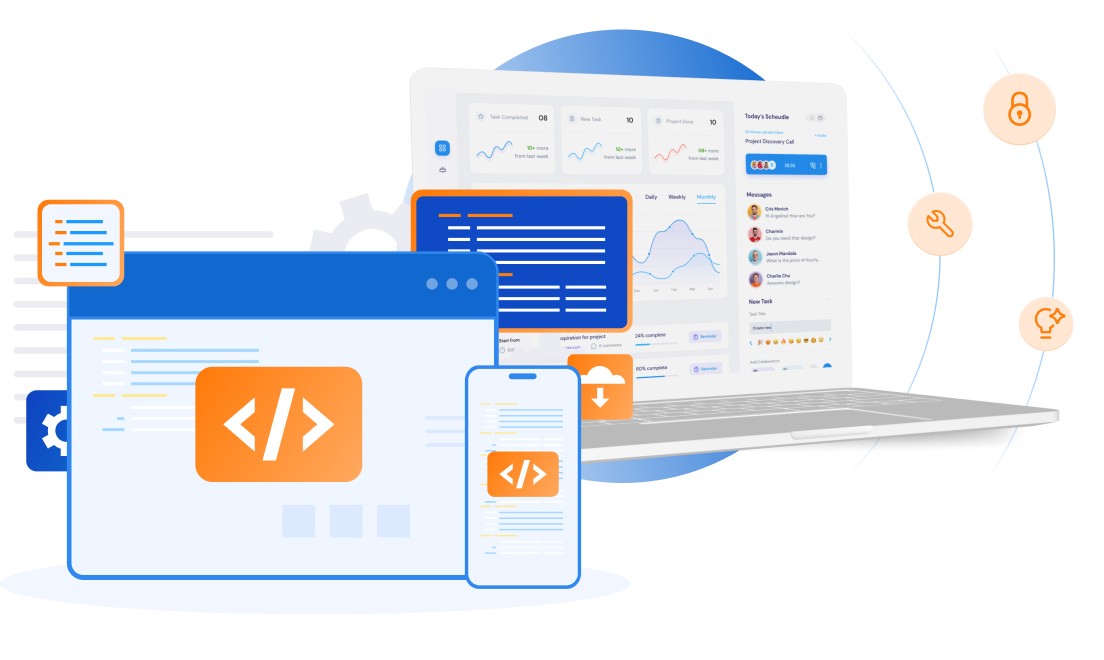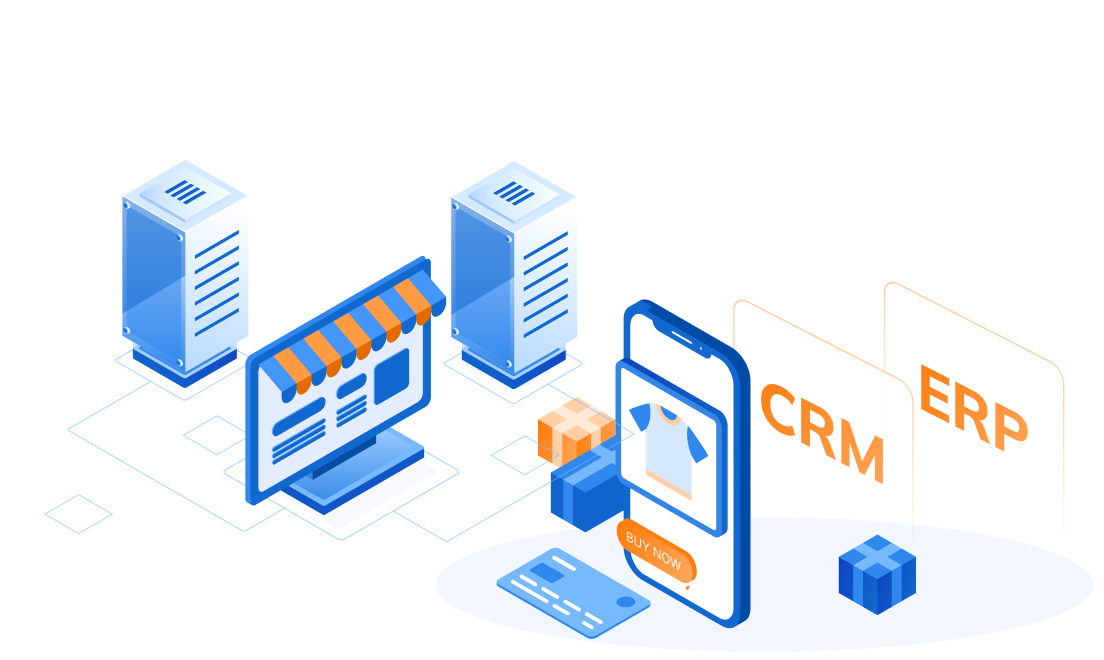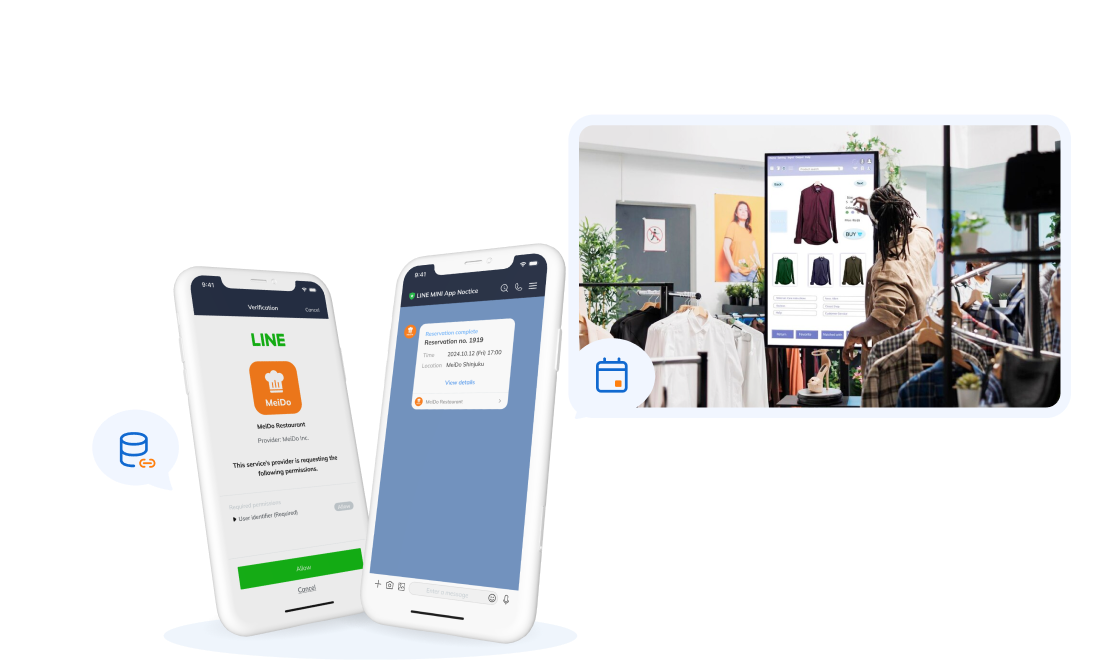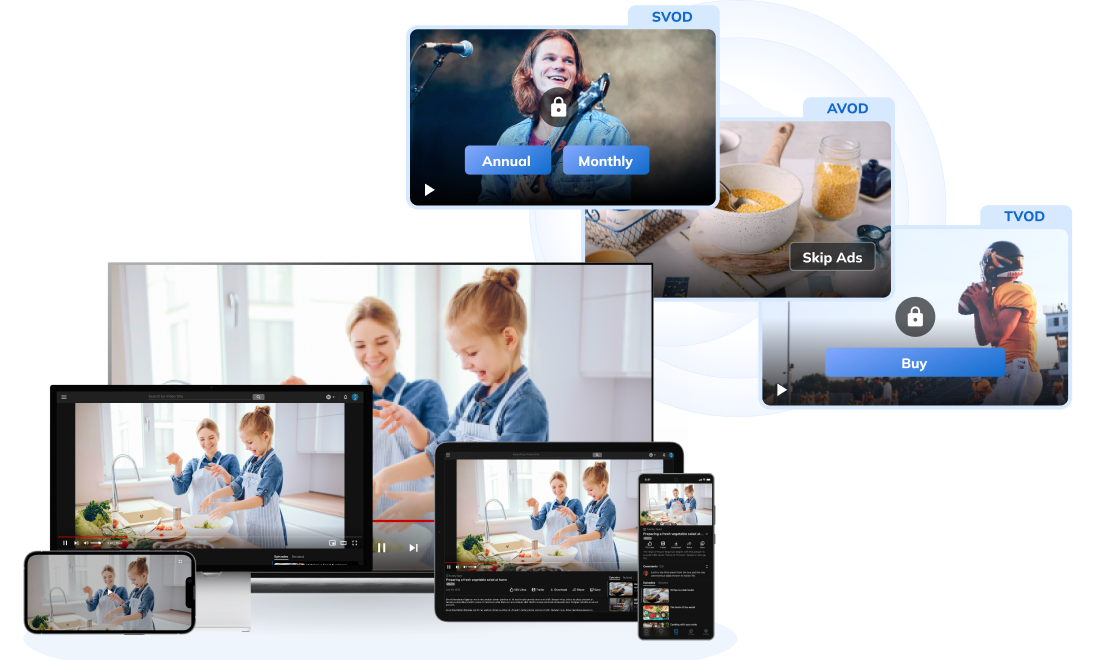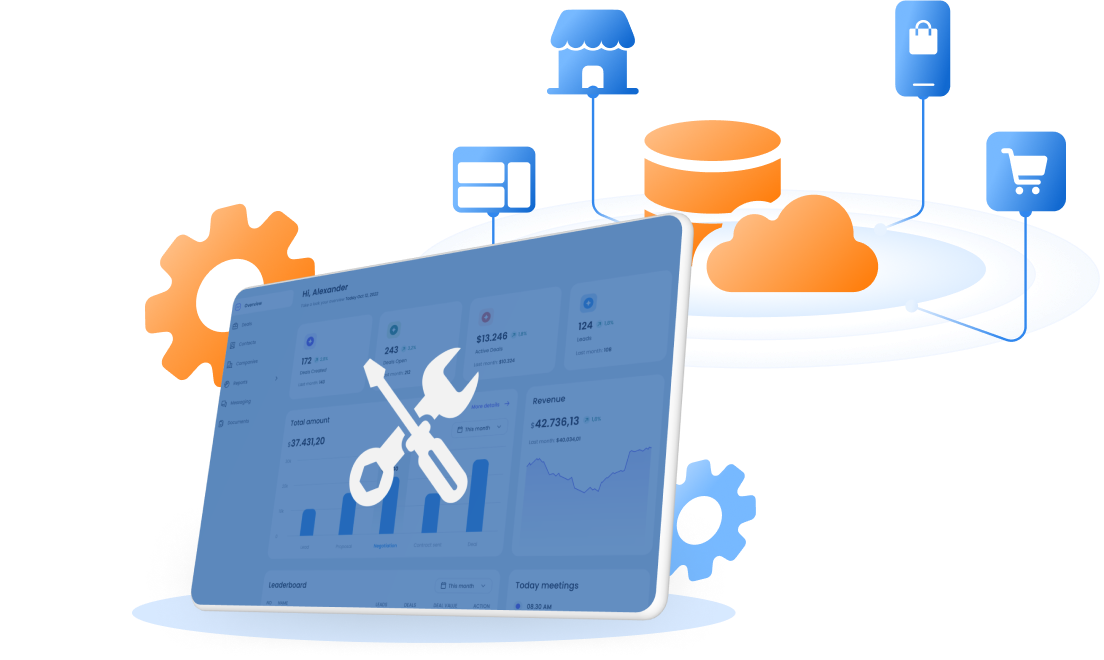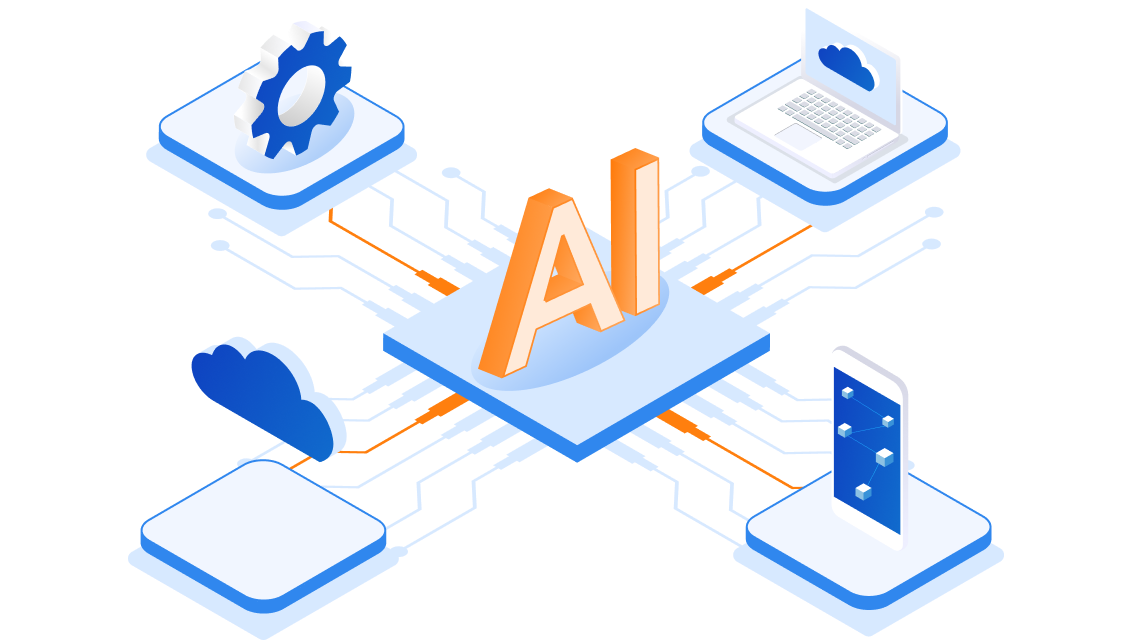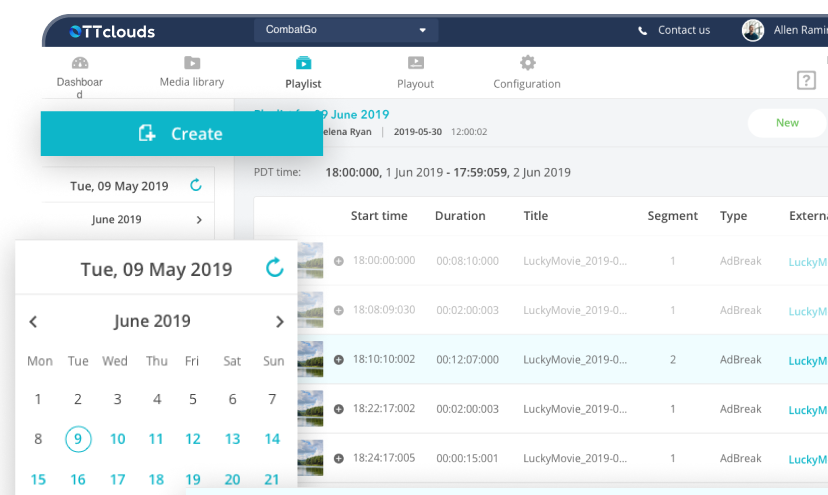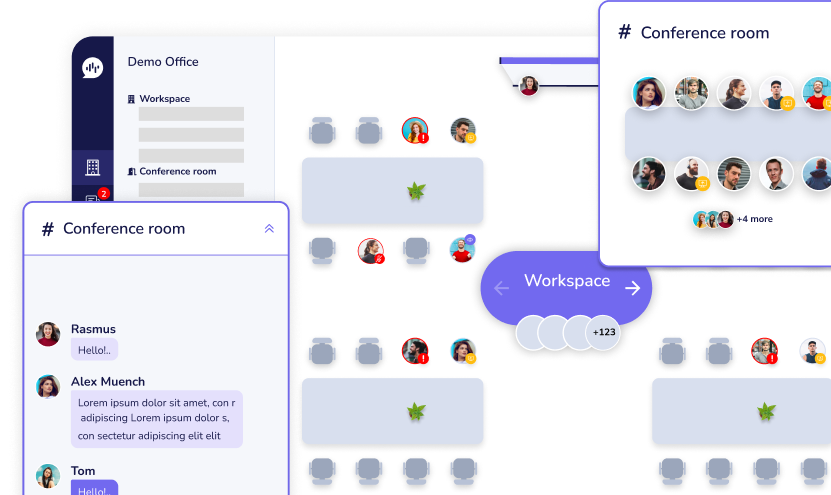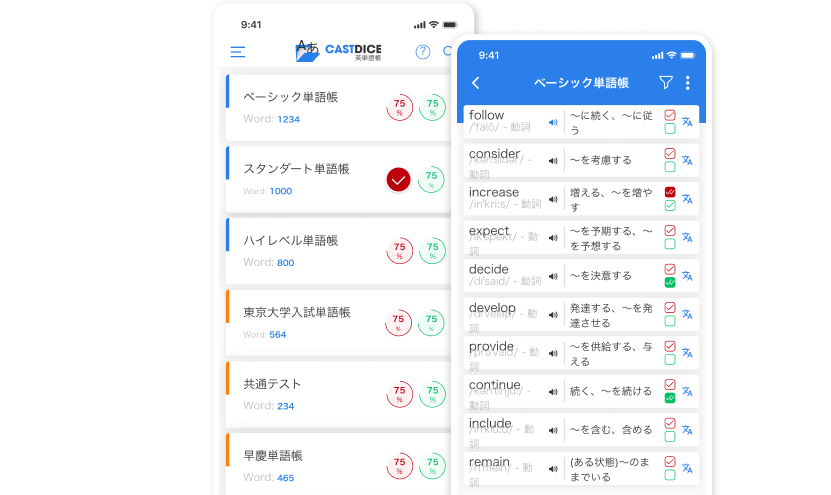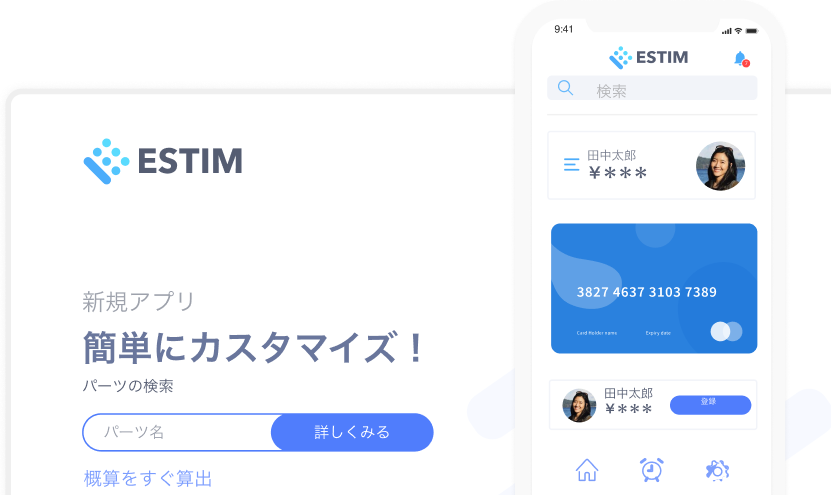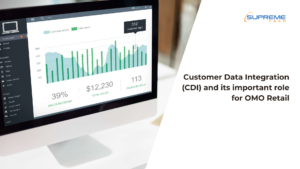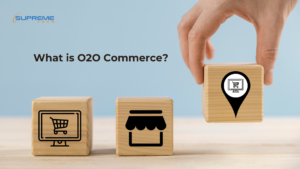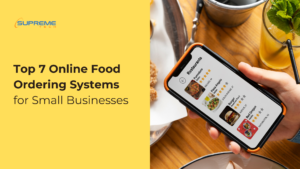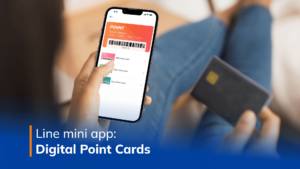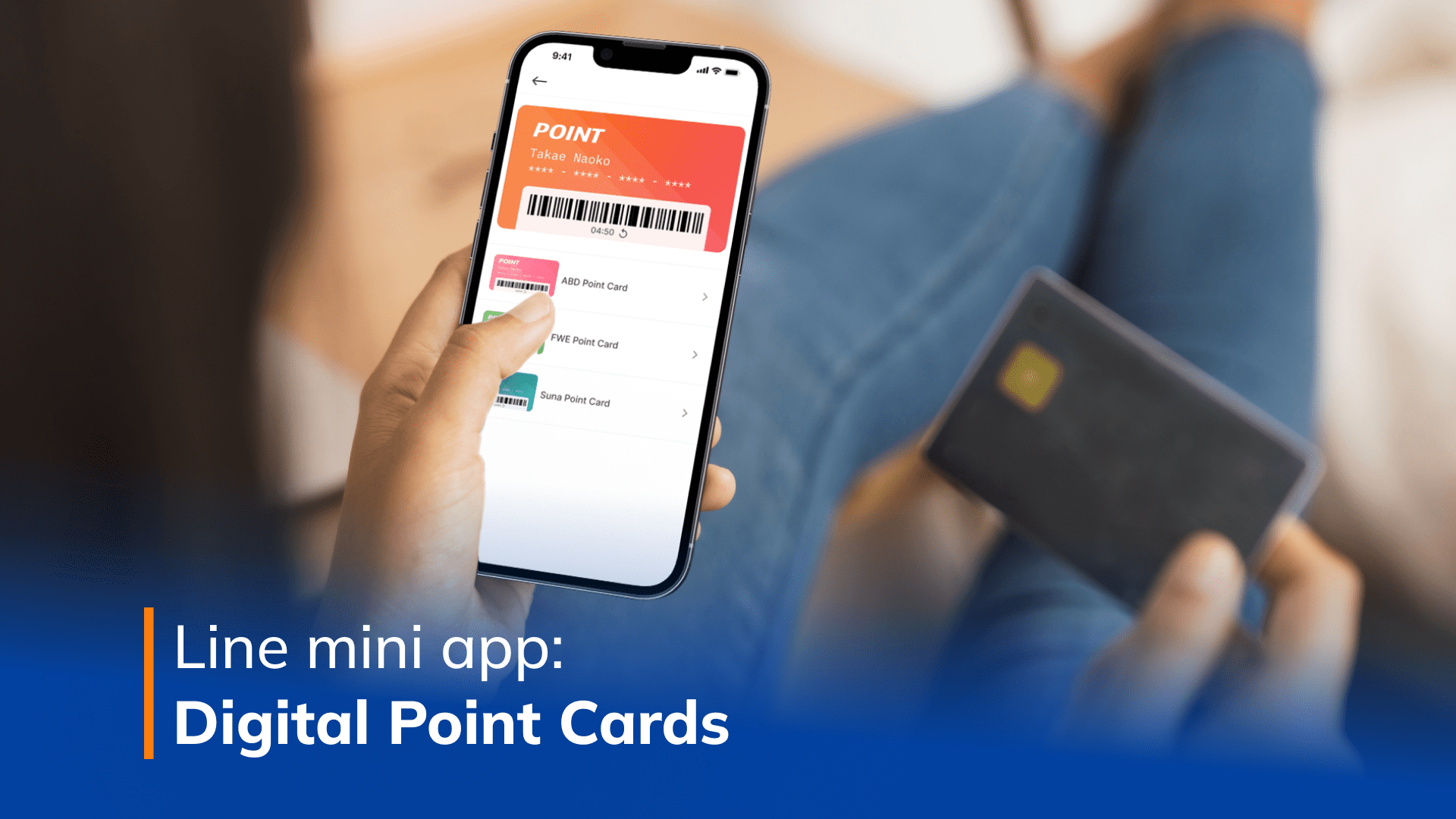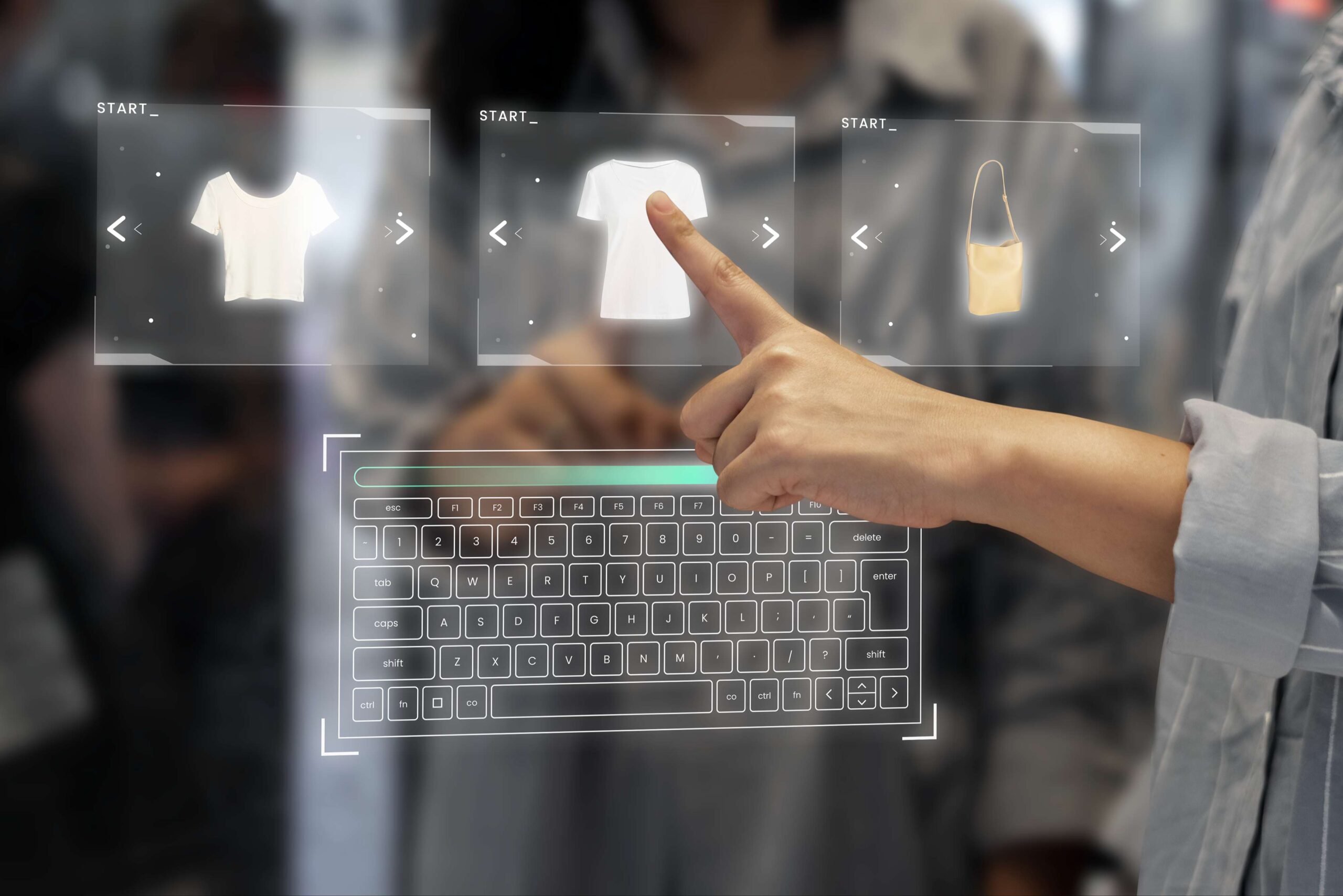Knowledge
Others
Retail
+0
What is Customer Data Integration (CDI) and why is it essential for OMO retail?
Hi business operators, having a unified view of the customer base across various channels can make all the difference. By leveraging customer data integration, businesses can improve customer satisfaction, boost sales, and stay ahead in a rapidly evolving marketplace. This procedure is even more important for OMO retail because of the complexity of customer master data the business needs to handle across online and offline sales channels. In this article, we will give an answer to the question What is Customer Data Integration and its role for OMO retail. What is Customer Data Integration (CDI)? In short, customer data integration (CDI) involves consolidating data from in-store purchases, online transactions, social media interactions, and other sources into a single database. This streamlined approach not only enhances customer experiences by enabling personalized marketing and efficient service. It also provides valuable insights that drive strategic decision-making. Most Common Types of Customer Data Integration Customer Data Integration (CDI) can be categorized into several types based on integration methods, data sources, and the technologies used. Here are some primary types of customer data integration: Batch Data Integration The first type involves collecting and processing data at scheduled intervals rather than in real-time. This method is commonly used for large volumes of data that do not require immediate processing. Data is extracted from various sources, transformed into a consistent format, and then loaded into a target database or data warehouse during off-peak hours to minimize system impact. This type is ideal for routine tasks such as nightly data backups, end-of-day transaction processing, and periodic data synchronization between systems. Key Benefits of Batch Data Integration Efficient for processing large datasetsReduces load on systems during business hoursSimplifies data management by handling updates in bulk. Real-Time Data Integration The second type involves integrating data during generation, providing up-to-the-minute information. This method is essential for applications that require immediate data updates and insights. Data is captured and transmitted instantly from various sources to a central system using real-time processing technologies such as message queues, streaming platforms, or APIs. Real-time integration is crucial for applications like live customer support, fraud detection, personalized marketing, and dynamic pricing. Key Benefits of Real-Time Data Integration Ensures timely and accurate data availabilityEnhances decision-making with current dataImproves customer experience by enabling immediate responses and interactions API-Based Data Integration The third type, API-based data integration, uses Application Programming Interfaces (APIs) to enable data sharing and integration between different systems and applications. This method supports both real-time and on-demand data exchanges. APIs allow applications to communicate and exchange data directly. Developers can create, manage, and consume APIs to facilitate seamless data flow between disparate systems. API-based integration is widely used for connecting cloud services, integrating third-party applications, enabling mobile apps to access backend data, and synchronizing data between enterprise systems. Key Benefits of API-Based Data Integration Provides flexibility and scalabilitySupports real-time data accessSimplifies integration with various systems and platformsAllows for modular and maintainable integration solutions In general, each type of customer data integration has its own advantages and use cases, and organizations often use a combination of these methods to meet their specific needs and goals. Key components of Customer Data Integration (CDI) Data Collection In the early stage of business, customer data is fragmented and not well-synchronized across sales platforms. It's stored in each sales channel's database, and those channels operate independently. Therefore, the first component of the CDI process is to gather the pieces of information. Customer data includes transaction records, social media interactions, customer service interactions, loyalty programs, website visits, and mobile app usage. Data Cleaning and Standardization The second thing is ensuring that the collected data is accurate, complete, and consistent. This involves removing duplicates, correcting errors, filling in missing values, and standardizing data formats. Data Integration Data integration involves merging data from disparate sources into a unified database or data warehouse. This involves using data integration tools and technologies that can handle diverse data formats and large volumes of data. Data Storage and Enrichment Storing the integrated data in a centralized repository, such as a data warehouse or a customer relationship management (CRM) system, facilitates easy access and analysis. Enhancing the integrated data by adding demographic details, psychographic data, and third-party data to gain a more complete view of the customer. Data Analysis and Insights This component acts as the foundation of data-based decision-making for business. From a huge amount of organized data, data readers can uncover patterns, trends, and insights about customer behavior, preferences, and needs. This can involve using analytics tools and techniques such as machine learning, data mining, and predictive analytics. Customer Segmentation Dividing the customer base into distinct segments based on characteristics such as demographics, purchasing behavior, and preferences. This enables more targeted marketing and personalized customer interactions. >>> Related article: Understanding Key Differences Between Customer Data Platform vs Data Lake Why Customer Data Integration is crucial for Online-Merge-Offline business Customer Data Integration is particularly important for Online-Merge-Offline (OMO) retail because it helps to create a seamless and cohesive shopping experience. Here are key reasons why CDI is essential for OMO retail: Unified Customer Experience First and foremost, CDI consolidates customer information from online and offline channels. Customers often switch between online and offline channels during their shopping journey. Regardless of that, they will experience consistent care whether he shops in-store, online, or via a mobile app. CDI helps track these transitions seamlessly. Improved Inventory Management Secondly, CDI provides real-time insights into inventory levels across all channels, helping retailers manage stock more efficiently and meet customer demand promptly. Data-Driven Decision Making By integrating data from both online and offline sources, retailers can gain a holistic view of customer behavior and preferences, enabling better decision-making. Integrated data allows for the analysis of trends and patterns across all channels, informing strategies for marketing, product development, and sales. Conclusion In conclusion, Customer Data Integration (CDI) is a vital strategy for businesses seeking to optimize their operations, enhance customer experiences, and drive growth in today’s competitive market. For retailers, particularly those operating in the F&B sector and OMO environments, the importance of CDI cannot be overlooked. It not only ensures consistency and accuracy across multiple channels but also empowers businesses to respond swiftly to customer needs and market trends. Effective CDI enhances operational efficiency, optimizes inventory management, and supports the development of targeted marketing strategies. Ultimately, CDI leads to increased customer satisfaction and loyalty. Embracing CDI is not just about technology implementation; it’s about creating a customer-centric approach that aligns with the dynamic landscape of modern commerce. SupremeTech has experience in handling data integration for businesses with millions of customers. If you're looking for integration services for large-scale system, book a free consultation with us!
11/07/2024
1.18k


